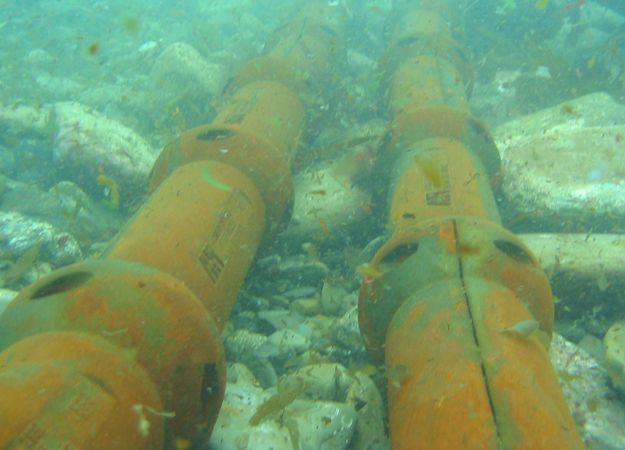In an ambitious plan to bring green energy from Egypt to Europe via a 1,000km undersea cable, a pact has been signed by the two nations to move forward with the plan and begin the groundwork for the project.
Talking about the project, Belgian contractor Jan De Nul said that it had signed a “milestone agreement” with Egypt to start a study for the construction of the cable, which will transport more than 2GW of solar and wind power.
It may be noted that in late September, the Egyptian government had reaffirmed its plans to build an undersea electricity cable connecting Egypt with Europe to supply electricity from Egyptian solar and wind installations to the European energy market.
The project that Egypt had reaffirmed was one to build a cable to Greece – known as the “GREGY Interconnector.” As per reports, the foreign ministers of the two countries met at the UN General Assembly for discussions concerning the project. The project is being led by Greece’s Copelouzos Group and Infinity Power, a joint venture between Masdar and Egypt’s Infinity.
“The current longest interconnector cable between Denmark and Britain measures 765km,” said Jan De Nul and further added, “making the new 1,000km cable envisaged the longest of its type globally. To make it even more challenging, the water depths along the cable track run up to 3km.”
The company said it will now carry out a financial and technical study with the ultimate intention of participating in the development of the project. Philippe Hutse, Director of Jan De Nul Offshore Energy, said, “The company recently ordered a new next-generation cable installation vessel, the Fleeming Jenkin, which is twice the size of any existing cable-laying vessel in the world.”
“We are building this ship for exactly this type of project: long distances, great depths. Egypt is clearly a pioneer in energy transition for the African continent and we look forward to supporting it in this,” he added.
Copelouzos said the project would be for 3GW of capacity produced by 9.5GW of renewable energy sources. The project would be built and operated in Egypt by it and Infinity Power.
“A third of the energy will be evenly split between use for Greek homes and industries, export to neighbouring countries, and use in Greece to produce green hydrogen for export in the EU,” said the firm.


